All Posts (6434)
 I really wonder sometimes why people choose to do the things that they do. Take for instance, today I had to stop by the office to pick up my paycheck. Yeah, I still do the paper thing cause it helps me keep track of everything & I still haven't gotten around to signing up with a different bank. Anyway. While I was driving down a side street near Wally World on Beretania, I was behind this lady (I think it was a lady) in a white civic. We stopped at the corner & waited & waited. She could have gone, but for some reason didn't. Then the light changes & BAM! She steps on the gas. Mind you, there was a whole sidewalk of people waiting to cross, who, having the right-of-way, stepped off not knowing this lady was psycho. I close my eyes, hoping I'm not gonna be an eye-witness to some horrid accident. Thank God, nobody was hit. But there was a huge group of stink-eye armed people glaring at this lady, who I don't think it even dawned upon that she was in the wrong. All I could think was, "Damn, I gotta get away from her!" So I'm watching to see where she's going, in hopes that I can go in the opposite direction. I needed to go to Barnes & Nobles in Ala Moana to pick up something for my tita, so I was hoping this lady wasn't going in the same direction. Nope, she wasn't. Thank God! I appreciate the humbling experience, but Good God, that was freaky!
I really wonder sometimes why people choose to do the things that they do. Take for instance, today I had to stop by the office to pick up my paycheck. Yeah, I still do the paper thing cause it helps me keep track of everything & I still haven't gotten around to signing up with a different bank. Anyway. While I was driving down a side street near Wally World on Beretania, I was behind this lady (I think it was a lady) in a white civic. We stopped at the corner & waited & waited. She could have gone, but for some reason didn't. Then the light changes & BAM! She steps on the gas. Mind you, there was a whole sidewalk of people waiting to cross, who, having the right-of-way, stepped off not knowing this lady was psycho. I close my eyes, hoping I'm not gonna be an eye-witness to some horrid accident. Thank God, nobody was hit. But there was a huge group of stink-eye armed people glaring at this lady, who I don't think it even dawned upon that she was in the wrong. All I could think was, "Damn, I gotta get away from her!" So I'm watching to see where she's going, in hopes that I can go in the opposite direction. I needed to go to Barnes & Nobles in Ala Moana to pick up something for my tita, so I was hoping this lady wasn't going in the same direction. Nope, she wasn't. Thank God! I appreciate the humbling experience, but Good God, that was freaky! One word came to mind....... KARMA. My very close friend was telling us that when it comes to karma, we cannot stop it. We just gotta step out of the way & let the Kupunas take care of it. If we try to do anything (like take revenge), we only screw things up & make matters worse, & most likely adding more karma to our own pot. My other just-as-gifted friend came over last night & was telling us something similar. Then she explained it in more detail why we always say, "What goes around comes around ten times harder". She explained that when we send out energy (good or bad), the world searches out similar energy (not determining the difference, just knowing that it's like energy), & sends it right back to the person who sent it. The Kupunas like that we send out energy & they wanna send it back to us, but with more this time. It so made sense & so made me thankful that I cut ties with a lot of people. Especially one in particular, who I'm hearing so much things about from the birds. While I'm sitting back & watching this person dig an even deeper canyon for him/herself, I can't help but think, "Wow, ballsy ah?" I'm already seeing a part of this person's world crumble & I'm not throwing a party over it, but when you don't appreciate something/somebody, you don't deserve it/them. With that said, I just hope whoever is still involved with this person that they don't get hit with the pile of kukae that's coming around.
One word came to mind....... KARMA. My very close friend was telling us that when it comes to karma, we cannot stop it. We just gotta step out of the way & let the Kupunas take care of it. If we try to do anything (like take revenge), we only screw things up & make matters worse, & most likely adding more karma to our own pot. My other just-as-gifted friend came over last night & was telling us something similar. Then she explained it in more detail why we always say, "What goes around comes around ten times harder". She explained that when we send out energy (good or bad), the world searches out similar energy (not determining the difference, just knowing that it's like energy), & sends it right back to the person who sent it. The Kupunas like that we send out energy & they wanna send it back to us, but with more this time. It so made sense & so made me thankful that I cut ties with a lot of people. Especially one in particular, who I'm hearing so much things about from the birds. While I'm sitting back & watching this person dig an even deeper canyon for him/herself, I can't help but think, "Wow, ballsy ah?" I'm already seeing a part of this person's world crumble & I'm not throwing a party over it, but when you don't appreciate something/somebody, you don't deserve it/them. With that said, I just hope whoever is still involved with this person that they don't get hit with the pile of kukae that's coming around. Other than that, just appreciating all that I have in my life. My family's doing great. I'm doing great. Within the last 2-3 weeks, I was offered 4 new jobs. It's kindda crazy cause I'm not even looking.. I have a job. Class is fabulous, of course! & the people in my life... Unbelieveable! They're so AWESOME! I love them! I've been going out a lot with my brother & our close friend. He's been taking us here & there with him & introducing us to more awesome people. I can't wait for the rest of the year! It's gonna be so cool! As for the rest of my free time, I know things could be different, which is why I'm happy & appreciative, but I also aim for the best as well. It's all about that one word.......
Other than that, just appreciating all that I have in my life. My family's doing great. I'm doing great. Within the last 2-3 weeks, I was offered 4 new jobs. It's kindda crazy cause I'm not even looking.. I have a job. Class is fabulous, of course! & the people in my life... Unbelieveable! They're so AWESOME! I love them! I've been going out a lot with my brother & our close friend. He's been taking us here & there with him & introducing us to more awesome people. I can't wait for the rest of the year! It's gonna be so cool! As for the rest of my free time, I know things could be different, which is why I'm happy & appreciative, but I also aim for the best as well. It's all about that one word.......

 As some of you know, I work with Special Needs kids in school, one in particular on a one-on-one basis. On this particular day, we ended up in Math class (A Special Ed. class). The class of 4 is already small, but when one kid is on suspension & the other is at home, the class seems even quieter. While we're sitting there, this kid (We'll call him "Tommy") starts laughing hysterically. Considering he's Autistic, it doesn't even phase me to see him doing that, & if you've ever read up about Autistic children, you understand why. While he's doing that, I see the other boy in the class (We'll call him "Jake") looking at me, wide-eyed, like he was scared. So I look at him & start laughing. He starts laughing too, comforted in knowing that it's okay. Jake often sleeps in class, so I wasn't surprised when I turned around to find him out cold only a few minutes later. Meanwhile, Tommy's still laughing at God knows what. Eventually I hear him mumbling something & decide to listen cause he never tells me what he's laughing at. I hear him say something to the effect of "the penguins...... that's a stupid joke......" or something like that. So I ask him, "What? What did you say?" He starts laughing hysterically. So I ask him again, "What did you say? What about the penguins?" He starts laughing even more hysterically. By now, I'm laughing too cause it's hillarious watching this kid laughing at nothing at all. So I tell him, "Eh! What are the penguins doing? You better tell them to leave you alone cause you gotta do your work!" He starts laughing some more, then he tells me, "No, but I like them, they're funny." So I tell him, "NO! Tell those dang penguins stop telling you jokes & leave you alone cause you need to do your work!" He starts laughing some more. Of course my telling him to get back to work & leave the penguins alone doesn't help. So I finally tell him, "EH! Tell those penguins if they don't wanna leave you alone, then at least help you do your work!" He starts laughing hysterically again. By now, I'm part laughing, part thinking I'm going nuts myself, part wondering if IM the one that fell asleep, & another part kindda mad cause this kid barely did any work. But in the end, I just told myself, "At least it was something crazy funny"....
As some of you know, I work with Special Needs kids in school, one in particular on a one-on-one basis. On this particular day, we ended up in Math class (A Special Ed. class). The class of 4 is already small, but when one kid is on suspension & the other is at home, the class seems even quieter. While we're sitting there, this kid (We'll call him "Tommy") starts laughing hysterically. Considering he's Autistic, it doesn't even phase me to see him doing that, & if you've ever read up about Autistic children, you understand why. While he's doing that, I see the other boy in the class (We'll call him "Jake") looking at me, wide-eyed, like he was scared. So I look at him & start laughing. He starts laughing too, comforted in knowing that it's okay. Jake often sleeps in class, so I wasn't surprised when I turned around to find him out cold only a few minutes later. Meanwhile, Tommy's still laughing at God knows what. Eventually I hear him mumbling something & decide to listen cause he never tells me what he's laughing at. I hear him say something to the effect of "the penguins...... that's a stupid joke......" or something like that. So I ask him, "What? What did you say?" He starts laughing hysterically. So I ask him again, "What did you say? What about the penguins?" He starts laughing even more hysterically. By now, I'm laughing too cause it's hillarious watching this kid laughing at nothing at all. So I tell him, "Eh! What are the penguins doing? You better tell them to leave you alone cause you gotta do your work!" He starts laughing some more, then he tells me, "No, but I like them, they're funny." So I tell him, "NO! Tell those dang penguins stop telling you jokes & leave you alone cause you need to do your work!" He starts laughing some more. Of course my telling him to get back to work & leave the penguins alone doesn't help. So I finally tell him, "EH! Tell those penguins if they don't wanna leave you alone, then at least help you do your work!" He starts laughing hysterically again. By now, I'm part laughing, part thinking I'm going nuts myself, part wondering if IM the one that fell asleep, & another part kindda mad cause this kid barely did any work. But in the end, I just told myself, "At least it was something crazy funny"....



Anders Kahana Thomson
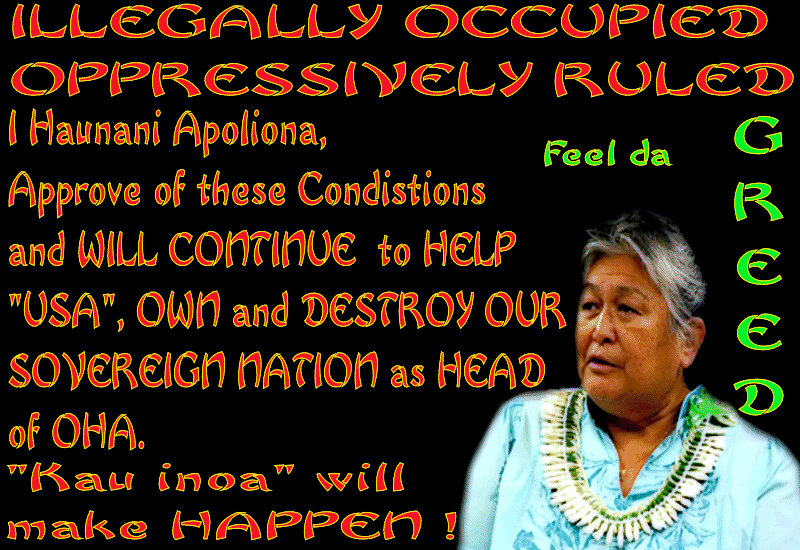
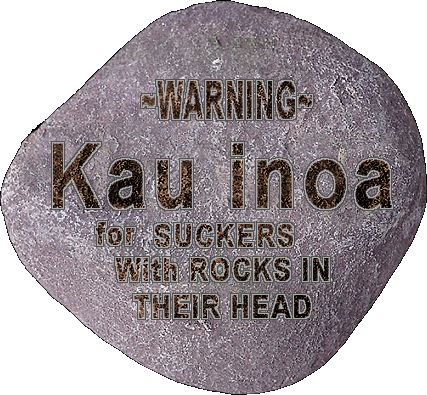
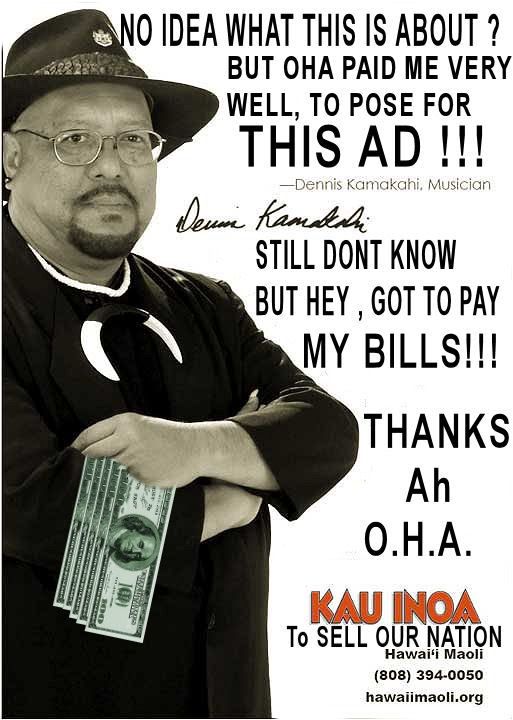

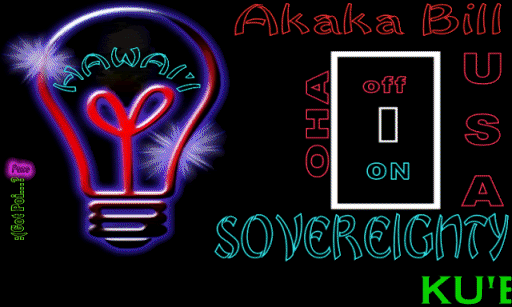
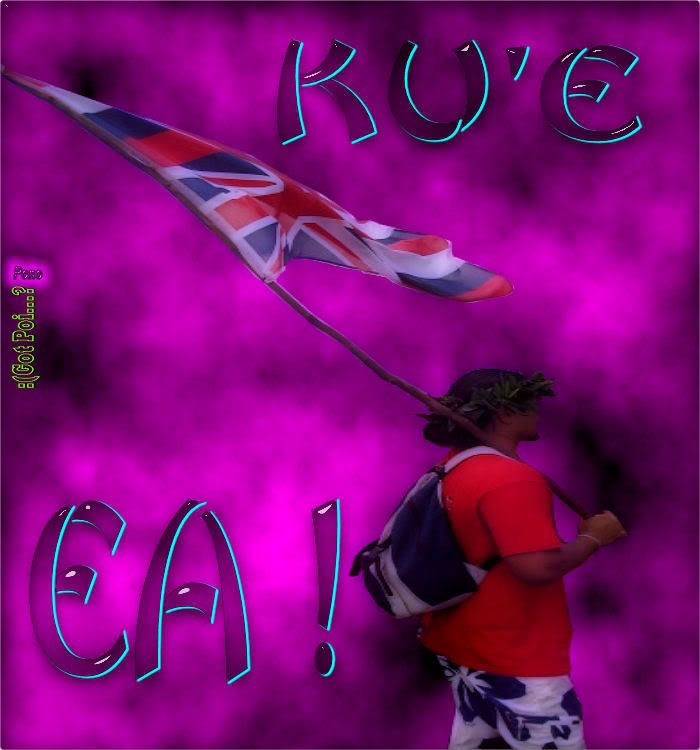

 In Appreciation for the Sacrifices and Contributions of U.S.A.
In Appreciation for the Sacrifices and Contributions of U.S.A.'S Military TERRORIST ILLEGALLY IN HAWAI'I "
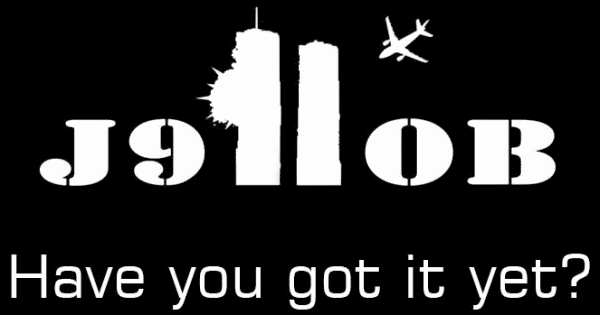 U.S.A'S military's "UNWANTED"and "ILLEGAL" presence in HAWAI'I ,Iraq, Afghanistan, North Africa, and other parts of the world serve as a constant reminder that freedom is not free. It was earned by{W.A.S.P.} our ? "forefathers" {SLAVEY MASTERS} whose dream it was to seek opportunities for a "FEW" by forming a Nation governed "of the SHEEPLE, by the people, and for the SHEEPLE.
U.S.A'S military's "UNWANTED"and "ILLEGAL" presence in HAWAI'I ,Iraq, Afghanistan, North Africa, and other parts of the world serve as a constant reminder that freedom is not free. It was earned by{W.A.S.P.} our ? "forefathers" {SLAVEY MASTERS} whose dream it was to seek opportunities for a "FEW" by forming a Nation governed "of the SHEEPLE, by the people, and for the SHEEPLE."And ever since the signing of the Declaration of Independence "FROM A STOLEN NATION" in 1776, Americans have LIED and CHEATED those who sought to KEEP THEIR OWN FREEDOM. It took a great civil war to settle our internal differences, but freedom for a FEW prevailed and generations of Americans have since been forced to the battlefields around the world .
Today, we have a first rate all-volunteer military force of LAB RATS and BRAINLESS FOOLS, that has proven its worth in meeting the Nation's call. They are our young Americans who have voluntarily chosen to serve in our Nation's military. They are our Soldiers, Marines, Sailors, Airmen, and Guardsmen who wear their service uniforms proudly, serve as TERRORIST around the world, and bear arms against any MOTHER,FATHER,SISTERS and BROTHERS in our homeland and our democracy.
The fight to DESTROY freedoms continues today as we remain a nation at war on two fronts in the Middle East, and in Hawaii . The military's largest US F.E.M.A. PRISONS at Camp Smith on the slopes of the Ko'olau Mountains, and Honolulu is the "ILLEGAL HOME" for the Pacific headquarters for the war-TERRORIST of the US Army, Marine Corps, Navy, Air Force, and Coast Guard.
This includes about 37,000 uniformed service members, with more than half of them married and accompanied by some 45,000 family members,"WHO LIVE ON LAND SET ASIDE FOR HAWAIIANS in THEIR SOVEREIGN NATION of HAWAI'I".
Thousands of these service members continue to TERRORIZE : HAWAI'I, Iraq, Afghanistan, and other distant places in the fight to for TOTAL GLOBAL DOMANATION.
Equally important are the thousands more that are deployed to TERRORIZE potential adversaries from stoppin U.S.A.'S conflicts within the Asia Pacific.
Still others are deployed to provide military disasters and POLLUTION to our neighbors and partners.
More than 8,000 Hawaii residents serve with the Hawaii Army National Guard, Hawaii Air National Guard, and reserve units of the US Army, Navy, Marine Corps, Air Force, and Coast Guard. Hundreds have been and continue to be activated to augment the active duty force.
The Chamber of Commerce of Hawaii, its Military Affairs Council, and Hawaii's business community CAUSES the sacrifices and hardships faced by our military Ohana, "SINCE WE STOLED THEIR NATION and TOOK THEIR LAND". But more importantly, they recognize the military's daily contributions in making Hawaii aPOLLUTED and TOXIC place plus #1 TARGET in this WORLD .
The military remains the single most DESTRUCTIVE group for Hawai'ians , charities such as the Aloha United Way campaign and the annual Great Aloha Run. Hawaii's troops even staged special runs in Iraq and Afghanistan to keep their thoughts back on the islands.
The military is seen OVER CROWDING & POLLUTING our parks and beaches, MOLESTING Big Brothers and Sisters, and our children in the public schools.
Hawaii's many defense contractors are FLOWN in to DISTORT of our schools, charities, and civic causes, and provide growth opportunities for OUTSIDERS WHILE DECREASING the number of HAWAI"IANS THAT CAN AFFORD TO LIVE IN THEIR STOLEN NATION.
The military plays a significant role in our economy. Annual military expenditures in Hawaii total nearly $6.0 billion annually. This accounts for generating nearly $10.0 billion into our economy and creating 120,000 job opportunities for OUTSIDERS and IMMIGRANTS. Many of these jobs provide for lucrative careers in professional and technical fields. and OUT PRICE former HAWAIIAN residents to want to return home .
Military appreciation month is the time to say a "BIG FUCKYOU" to the U.S.A. and THEIR MILITARY , and recognize THE HAWAIIANS WHO WANT THEIR SOVEREIGN NATION BACK and U.S.A.
TO CLEAN UP AND DEOCCUPY !We ask everyone to join in this year's celebration as we have much to be thankful.
We look to the leaders of Hawaii's world-class resorts, visitor attractions, restaurants, and retailers throughout the state to display their aloha and mahalo by offering special pricing and other incentives in appreciation for the HAWAIIAN NATIONALS and THEIR OHANA .
Our all-TERRORIST force that endures long separations from their families to INFLICT "TORTURE and DISRUPT liberty, and the pursuit of happiness.
"
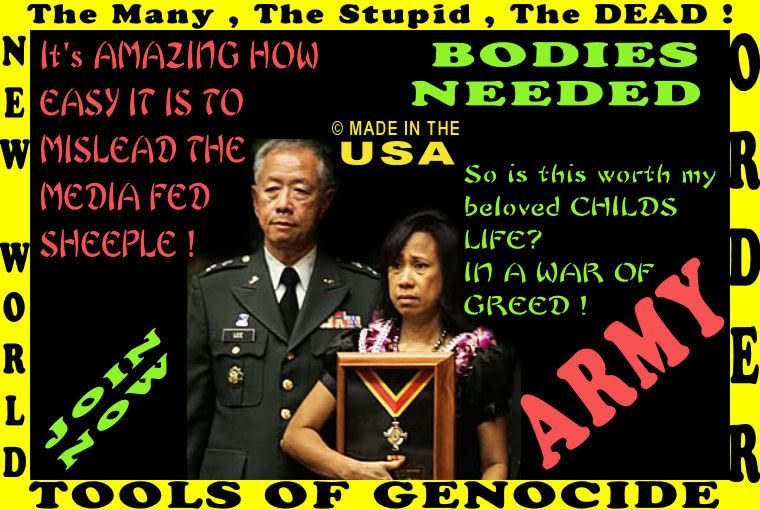 NOW THE MEDIA BULLSHIT !..........
NOW THE MEDIA BULLSHIT !.......... ..
..<!--PRINTER FRIENDLY ARTICLE-->April 24, 2008
In Appreciation for the Sacrifices and Contributions of Hawaii's Military
Our military's presence in Iraq, Afghanistan, North Africa, and other parts of the world serve as a constant reminder that freedom is not free. It was earned by our forefathers whose dream it was to seek opportunities for all by forming a Nation governed "of the people, by the people, and for the people.
"
And ever since the signing of the Declaration of Independence in 1776, Americans have defeated the challenges of those who sought to take away our freedom. It took a great civil war to settle our internal differences, but freedom for all prevailed and generations of Americans have since taken to the battlefields around the world to protect it.
Today, we have a first rate all-volunteer military force that has proven its worth in meeting the Nation's call. They are our young Americans who have voluntarily chosen to serve in our Nation's military. They are our Soldiers, Marines, Sailors, Airmen, and Guardsmen who wear their service uniforms proudly, serve as ambassadors of freedom around the world, and bear arms against any enemy threatening our homeland and our democracy.
The fight to preserve freedom continues today as we remain a nation at war on two fronts in the Middle East, and the military in Hawaii is at the epicenter. The military's largest US combatant command is headquartered at Camp Smith on the slopes of the Ko'olau Mountains, and Honolulu is the home for the Pacific headquarters for the war-fighters of the US Army, Marine Corps, Navy, Air Force, and Coast Guard. This includes about 37,000 uniformed service members, with more than half of them married and accompanied by some 45,000 family members.
Thousands of these service members continue to deploy to Iraq, Afghanistan, and other distant places in the fight to contain global terrorism.
Equally important are the thousands more that are deployed to deter potential adversaries from starting conflicts within the Asia Pacific.
Still others are deployed to provide military aid, disaster relief and humanitarian assistance to our freedom loving neighbors and partners.
More than 8,000 Hawaii residents serve with the Hawaii Army National Guard, Hawaii Air National Guard, and reserve units of the US Army, Navy, Marine Corps, Air Force, and Coast Guard. Hundreds have been and continue to be activated to augment the active duty force.
The Chamber of Commerce of Hawaii, its Military Affairs Council, and Hawaii's business community recognize the sacrifices and hardships faced by our military Ohana. But more importantly, they recognize the military's daily contributions in making Hawaii a better place.
The military remains the single most supportive group for Hawaii's charities such as the Aloha United Way campaign and the annual Great Aloha Run. Hawaii's troops even staged special runs in Iraq and Afghanistan to keep their thoughts back on the islands.
The military is seen cleaning our parks and beaches, helping with Big Brothers and Sisters, and mentoring our children in the public schools.
Hawaii's many defense contractors are also generous in its support of our schools, charities, and civic causes, and provide growth opportunities for Hawaii's increasing number of innovation and high tech businesses.
The military plays a significant role in our economy. Annual military expenditures in Hawaii total nearly $6.0 billion annually. This accounts for generating nearly $10.0 billion into our economy and creating 120,000 job opportunities for Hawaii residents. Many of these jobs provide for lucrative careers in professional and technical fields, and serve as a magnet in luring former residents to return home to work for the large number of defense contractors in Hawaii.
Military appreciation month is the time to say mahalo to the military, and recognize their continuing contributions to Hawaii, its business community, and its residents. They have a special place in our Ohana as they are generous and sharing as we are in giving and receiving.
We ask everyone to join in this year's celebration as we have much to be thankful.
We look to the leaders of Hawaii's world-class resorts, visitor attractions, restaurants, and retailers throughout the state to display their aloha and mahalo by offering special pricing and other incentives in appreciation for the military and their families, our all-volunteer force that endures long separations from their families to protect "life, liberty, and the pursuit of happiness.
"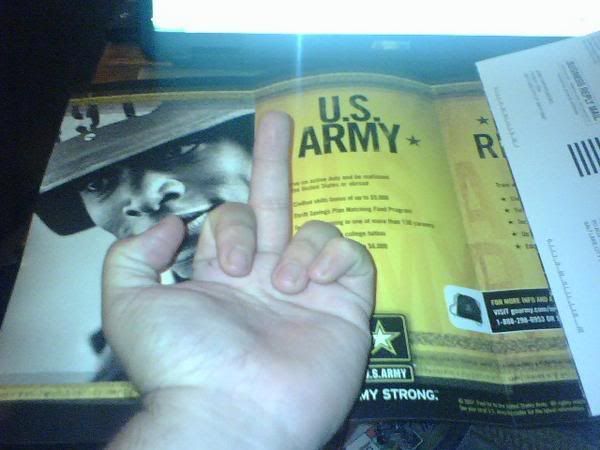
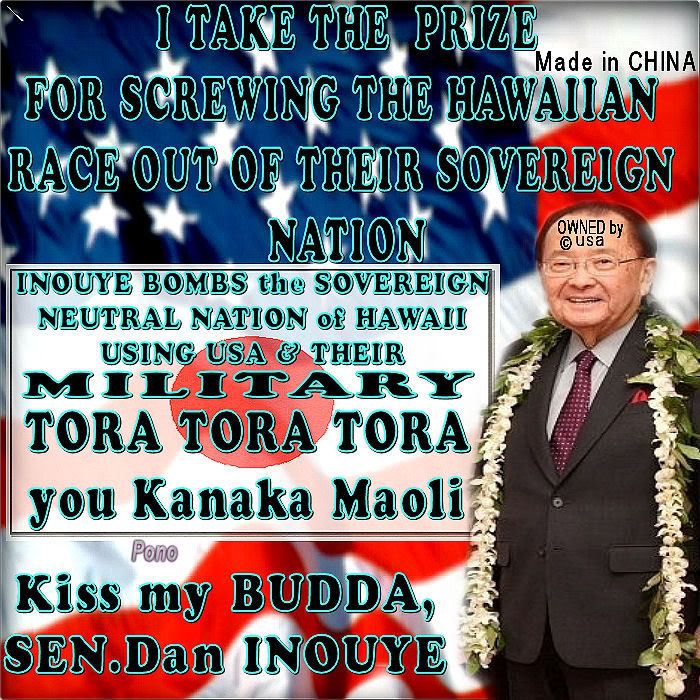


 May 5, 2008 Sovereignty group returns, now has a permit Members of the Hawaiian Kingdom Government returned to the çIolani Palace grounds before 6 a.m. this morning and have obtained a permit allowing them to gather, according to a state official. The group said it will continue to occupy the mauka side of the property indefinitely. |
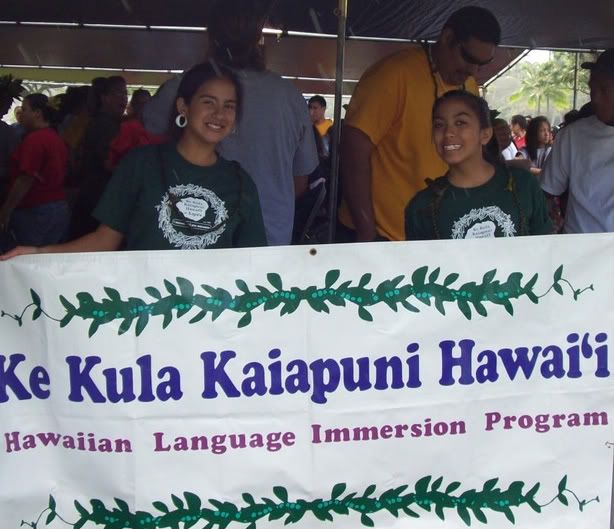 ♥♥heyy everybody my name is Nahealani. but ppls call me Nahea. In the pic above me im the one in the white earing nd the other girl was my sister Shawn but we call her Nakai. Well im currently confused:/ so you can look but you just cant touch. I like someone♥. Im currently going to Kawaikini and moving back to Kapaa for my high school years. nd currently in the 9th grade. im 14 years. i took my first breath on Febuary 15 1995. I am in the Hawaiian Immersion Program. but yea. so if you need to know more jus ask! dont be SCARED! =)♥♥Nahea
♥♥heyy everybody my name is Nahealani. but ppls call me Nahea. In the pic above me im the one in the white earing nd the other girl was my sister Shawn but we call her Nakai. Well im currently confused:/ so you can look but you just cant touch. I like someone♥. Im currently going to Kawaikini and moving back to Kapaa for my high school years. nd currently in the 9th grade. im 14 years. i took my first breath on Febuary 15 1995. I am in the Hawaiian Immersion Program. but yea. so if you need to know more jus ask! dont be SCARED! =)♥♥Nahea
